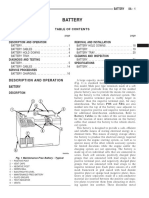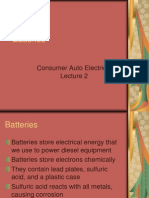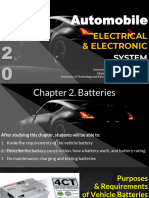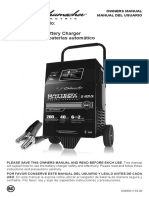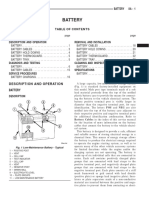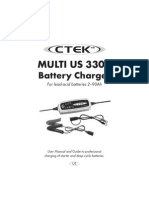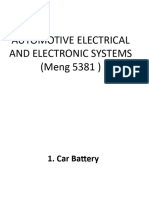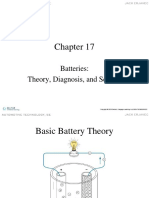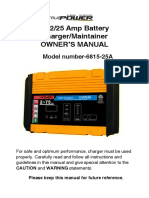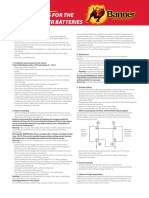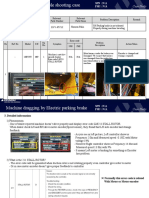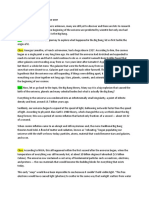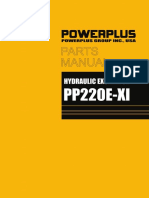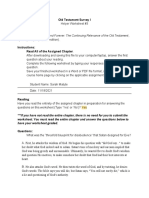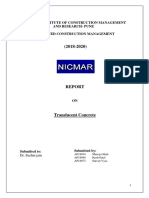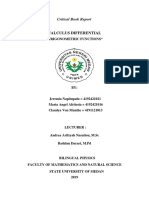Battery Basics
The primary purpose of a standard automotive battery is to provide power to a vehicle's starter. To start
the engine, electricity from the battery is used to operate the starter motor and to provide current for
the ignition system during engine cranking.
When the engine is running, electricity from the battery may be needed to supplement the charging
system when the vehicle's electrical load requirements exceed the charging system's ability to produce
electricity. The battery also serves to ensure that should the car's alternator malfunction, there would
still be some power left to get the car running for a limited time - hopefully enough to get to the
intended destination.
When the engine is off, electricity from the battery is used to operate lighting, accessories, or other
electrical systems.
Moreover, the battery acts as an electrical shock absorber, protecting vital electrical components from
burning out during high voltage/current output. Developments in automotive technology have resulted
in more sophisticated pieces of equipment becoming regular fixtures in today's vehicles. Since these
gadgets continue to draw power even when the key is turned off, batteries have to deliver more power
to serve the car's requirements.
"RC" stands for Reserve Capacity and is a very useful industry rating (for consumers) that refers to a
battery's ability to maintain low amperage load for the automobile's ignition, lights and other vital
electrical equipment should the alternator fail. RC is defined as the number of minutes that a battery
can be discharged at 25 amperes until the voltage drops to 1.75 volts per cell or 10.5 terminal volts for a
12-volt battery.
"CA" stands for Cranking Amperes. This is the load discharged in amperes by which a new fully-charged
battery at 0 degrees Celsius (32 degrees Fahrenheit) can continuously deliver for 30 seconds and
maintain a terminal voltage equal to or higher than 1.20 volts per cell.
AH" stands for Ampere Hour and is a unit of electrical capacity. This tells you how much electrical energy
the battery will store.
The total energy, expressed in ampere hours, that a battery can deliver continuously for a specified
period of time ,when discharging continuously at a specified rate, to a specified cut-off voltage.
�AH @ 20 ; AH @ 10
Maintenance
For batteries labeled Low-Maintenance, the main items that should be checked are the fluid levels per
battery cell and battery terminal post corrosion. The cables, terminals, cover, and container should be
inspected and cleaned if they look dirty or corroded.
Some batteries are equipped with removable vent caps so that the fluid/electrolyte levels can be
checked when levels are low.
Always use distilled water when filling the battery to prevent undesired chemicals from contaminating it.
The water added should cover the battery's plates and be no higher than 2 to 4 mm from the bottom of
the vent so as not to overfill the battery. You should check these levels periodically.
Note: Do not use diluted sulfuric acid (battery electrolyte) solution for topping up purposes.
Battery terminal post corrosion occurs when the battery is venting gasses during charging. Oxygen gas
reacts with the lead alloy post and produces a whitish powdery substance called corrosion. Corrosion
lessens the contact between the post terminals and the cable clamps thereby reducing the battery's
ability to provide power. Remove corrosion by brushing the posts and the clamp (detached from the
post) with water (mixed with caustic soda if possible) until all signs of corrosion are gone. To detach the
clamp from the battery post, remove the negative (-) clamp first to avoid sparks that may cause an
explosion. When re-installing the clamp to the battery post, connect the positive (+) clamp first.
Check your battery at least once a month, more often if you have a battery older than six months. Have
your battery checked by qualified technicians every two to four months to ensure optimum
performance and life.
Automotive batteries should always be treated with extreme caution even if they are undercharged
since they contain corrosive sulfuric acid and produce explosive gases. MF batteries, though sealed, have
small vents through which internally generated gasses are released. They can leak or spurt acid if they
are tipped or charged too vigorously. During charging, the production of hydrogen and oxygen is
accelerated. Always make it a practice to read and follow the warning labels that are strategically
located on the batteries.
�The following precautionary measures are recommended when charging a battery:
1. Make sure that the charger is switched off and unplugged before connecting or disconnecting a
battery. The leads should always be connected to the proper battery terminals. The red clamp/clip
should be connected to the positive (+) terminal of the battery while the black clamp/clip should be
connected to the negative (-) terminal.
2. Read the charger's instruction manual carefully before attempting to use it.
3. The battery should be charged in a well-ventilated and undisturbed area.
4. Do not shake the connections to inspect the contact while the charger is activated or plugged in. This
is to avoid sparks that may cause battery explosion.
5. Always use protective eyewear and clothing during charging.
6. Avoid overheating the battery during recharging. Stop charging when the cells are "gassing" (boiling)
and the battery is warm to the touch.
7. Smoking, open flames or sparks should never be allowed near a battery to avoid an explosion.
8. Make sure that the vent plugs are in proper position during recharging and that the vent holes are
free of dirt.
9. The battery and the charger determine the amount of current and the time required to charge the
battery. Most chargers can automatically adjust to the battery's state-of-charge and will shut down
when the amount of charge becomes sufficient. Many chargers have minimum voltages that must be
�present in the battery before the charger is activated. Generally, these low voltages are substantially
below those shown by a battery that looks "dead" to a vehicle's electrical system.
10. Some chargers have optional settings for 6 and 12-volt batteries and/or low-maintenance versus
standard or deep cycle batteries. Make sure that you have adjusted the settings properly before turning
on the charger. If the charger needs manual adjustment, read the charger's instructions to determine
the setting that is suitable to the battery's rating.






